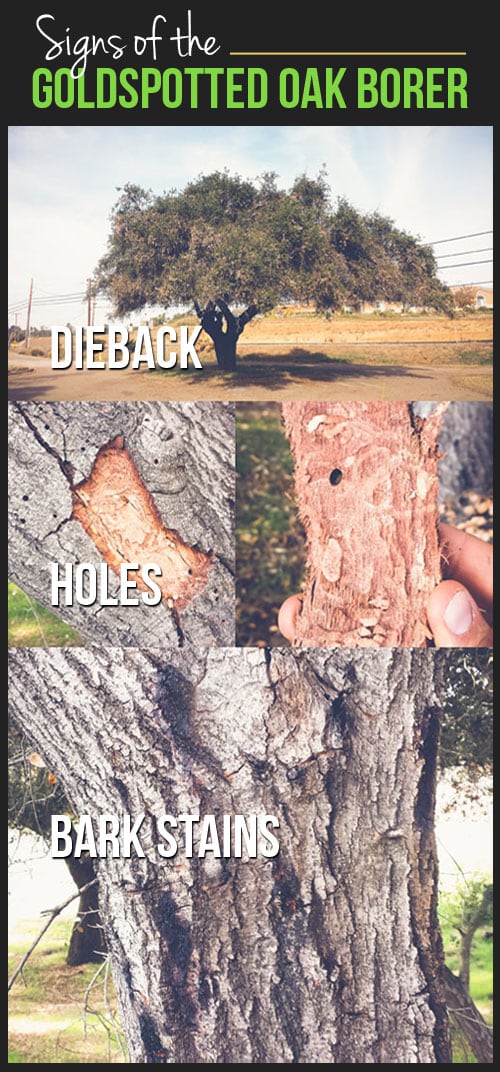Tree Treatment By Period: Reliable Methods For Handling Trees Before And After Their Removal
Tree Treatment By Period: Reliable Methods For Handling Trees Before And After Their Removal
Blog Article
Uploaded By-
When it concerns seasonal tree care, making certain correct monitoring before and after elimination can substantially affect the health and wellness and visual appeals of your landscape. By understanding the needed steps associated with assessing tree wellness and planning for removal, you can proactively safeguard your residential property. However what about the critical practices to follow as soon as the tree is gone? Keep tuned to find the vital post-removal treatment measures that will aid you grow a growing and sustainable environment for your trees.
Pre-Removal Tree Treatment
Prior to dealing with the elimination of a tree, it's critical to prioritize pre-removal tree treatment. Beginning by examining the tree's health and architectural stability. Look for indicators of disease, insect infestations, or any architectural problems that might present a safety danger throughout removal. It's essential to speak with a certified arborist to identify the best course of action.
Trimming dead or diseased branches can prevent additional damages to the tree and ensure a smoother removal process.
Furthermore, take into consideration the ecological influence of eliminating the tree. Trees play an important role in our ecosystem, so growing a brand-new tree in an appropriate area can aid counter any loss. Ensure that you have the necessary licenses and authorizations for tree elimination, especially if the tree is shielded by neighborhood laws.
Seasonal Maintenance Tips
Assessing your tree's needs throughout the year is crucial for its wellness and long life. To maintain your trees in top problem, comply with these seasonal upkeep suggestions.
In spring, concentrate on trimming to eliminate dead or broken branches and encourage brand-new development.
https://highlandscurrent.org/2020/03/10/roots-and-shoots-eat-your-yard-2/ requires regular watering, especially throughout dry spells, to ensure your tree remains hydrated.
As autumn strategies, watch out for early signs of disease or stress and anxiety, and consider applying compost to secure the origins throughout wintertime.
In winter season, be cautious when eliminating snow from branches to avoid breakage, and remain to monitor your tree's overall health.
Keep in mind to change your treatment regular based upon the particular needs of your tree types and local climate. By staying attentive and proactive throughout the seasons, you can help your trees prosper and thrive for several years ahead.
Post-Removal Tree Care
To make sure the wellness of your landscape even after tree elimination, correct post-removal treatment is necessary. After a tree is eliminated, it's vital to load the remaining hole with topsoil and portable it to avoid settling. This will certainly help keep the stability of the ground and prevent prospective risks in the future.
Consider planting new greenery instead of the removed tree to recover the equilibrium and aesthetics of your landscape. Frequently hedge cutting to promote the development of brand-new plants and prevent soil disintegration.
Check the bordering trees for any type of signs of condition or tension that may have been triggered by the eliminated tree. Keep an eye out for insects that may've been drawn in to the previous tree and take safety nets to safeguard the continuing to be vegetation.
If needed, speak with a specialist arborist to analyze the effect of the elimination on the bordering trees and identify any kind of extra care needed. By adhering to these post-removal treatment steps, you can guarantee the continued health and beauty of your landscape.
Final thought
In conclusion, proactive seasonal tree care is vital for preserving the health and wellness and balance of your landscape. By examining tree health, pruning, and consulting with an arborist before elimination, you can ensure a safe process. After elimination, filling up the hole, planting brand-new greenery, and regular watering will promote brand-new growth and stop erosion. Remember to inspect bordering trees for disease and seek more treatment procedures from an arborist to maintain your landscape flourishing.
